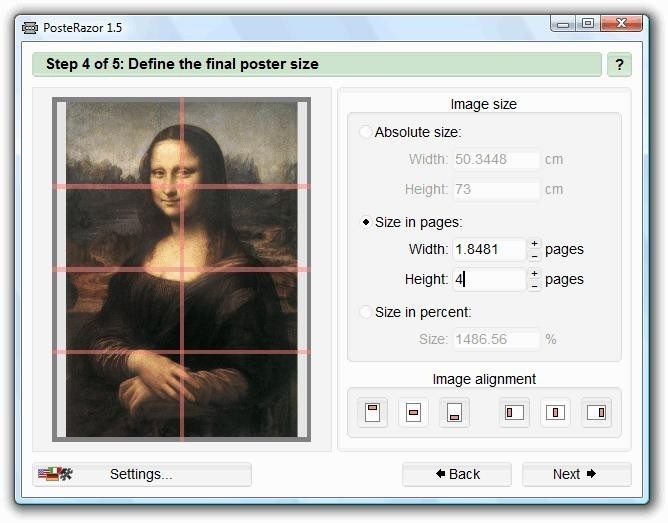

Before I remove all the tape I lift the acetate to make sure I have all the drawing, that way I can lay it back down in the right spot if I need to go over an area again. (I use another color so I know where I’ve been.) It took a while to know exactly how hard to press so that I got through the acetate onto the canvas without scoring the canvas. Then I put books or magazines under the canvas to keep it from sagging or stretching while I draw over the red with a blue or black sharpie. If the painting is large I can slide the graphite paper around under the acetate and the tape holds everything in place. and place the acetate over it and tape it down with white artist’s tape. Then I lay a piece of graphite paper onto my canvas. I do a charcoal drawing first, place a sheet of acetate over it (same size as or larger than the painting), and trace the drawing onto the acetate with a red fine point sharpie. I employ this method routinely, and it works very well, indeed. One needs not even dream of applying some questionable, “isolating layer” of a “fixative” or “shellac” to protect the lines from paint application. The advantages to this method is that you have a drawing that is the exact size of the canvas (created by means of a grid), you are using charcoal, which will NOT bleed or “strike through” the paint, as graphite is accused of doing, the transferred lines are incredibly durable, and capable of withstanding all sorts of “abuse” when applying the oil paint of the image. It is very indelible, and can be painted over, with oil paint, without losing the lines of the drawing. This transferred charcoal drawing is nothing to be sneezed at, in terms of durability. When this final, oil-painted surface has dried, I hinge my tracing paper on the prepared canvas, and, using a ballpoint pen as a stylus, trace over the lines of my drawing, thus transferring my charcoal to the oil-painted surface of the canvas. This provides a wonderful surface upon which to paint, and also to transfer a drawing. Over that, I apply two coats of lead white, oil paint, tinted with some Raw Umber. I prepare my canvas with several layers of acrylic primer, sanded between coats, and after the last one. Once completed, I turn the paper over, and apply soft vine charcoal on the back of the tracing paper, but only where my drawing lines are located. Usually, that involves my gridding and drawing directly onto that tracing paper. I create my drawing on thin paper, such as tracing paper, that is the exact size of the canvas.


 0 kommentar(er)
0 kommentar(er)
